'Garden of Earthly Delights' at Gropius Bau, Berlin
After Hieronymus Bosch, Garden of Earthly Delights (central panel) (1535-1550). Oil on wood, transferred to canvas, 182 x 168 cm, private collection. Photo: Gropius Bau.
BERLIN - Running from 26 July to 1 December 2019, the Gropius Bau’s exhibition Garden of Earthly Delights will see over 20 international artists using the space of the garden as a metaphor for the state of the world, in an exploration of the complexities of our chaotic and increasingly precarious present.
Curated by Stephanie Rosenthal with Clara Meister
With works by Maria Thereza Alves, Korakrit Arunanondchai, Hicham Berrada, John Cage, Tacita Dean, Nathalie Djurberg & Hans Berg, Futurefarmers, Lungiswa Gqunta, Libby Harward, Rashid Johnson, Yayoi Kusama, Louise Lawler, Renato Leotta, Isabel Lewis and LABOUR, Jumana Manna, Uriel Orlow, Heather Phillipson, Pipilotti Rist, Maaike Schoorel, Taro Shinoda, Zheng Bo as well as a painting from the school of Hieronymus Bosch.
For centuries, artists have worked with the theme of the garden as a place of inspiration and critical reflection. In today’s era, defined by radical climate change and migratory flows, the garden can be seen as a place of paradise and exile, reflecting within its borders themes as pressing as the anthropocene, seed politics, the legacies of colonialism and historical segregation.
Alongside the classical reading of the garden as a secluded and circumscribed place of yearning full of meditative, spiritual, and philosophical possibilities, it is viewed in the exhibition as a place of duality and contradiction: a threshold between reality and fantasy, utopia and dystopia, harmony and chaos, eros and perversion, naturalness and artificiality, between being shut out and being included. These myriad perspectives are also reflected in the selection of media, encompassing installation, performance, film and sound, paintings, photography, drawing, and sculpture.
In the atrium of the Gropius Bau, Rashid Johnson arranges groups of potted plants inside a steel framework, setting up a dialogue between the plants and objects made out of shea butter, recordings of Johnson’s earlier performances, and publications on the history of black communities in the US. This cosmos of living beings, cultural objects, sounds and media not only examines the opposition of nature and culture, but also raises the question of black identity.
Rashid Johnson, “Antoine's Organ”, 2016. Black steel, grow lights, plants, wood, shea butter, books, monitors, rugs, piano. Installation View, Rashid Johnson. Fly Away, Hauser & Wirth, New York NY, 2016. © Rashid Johnson, courtesy the artist and Hauser & Wirth
Maria Thereza Alves, in turn, focuses in her work on the largely unobserved witnesses of our history – seeds that made their way to Europe as colonial loot, ballast for ships or for cultivating exotic crops. Using seeds found during excavations in Berlin near the river Spree, the artist creates a blossoming garden outside of the Gropius Bau that functions as an archaeological investigation of plants and politics.
While Alves makes history visible with blooming seeds, Jumana Manna directs her attention towards the future: her film work centres on the Global Seed Vault seed bank, where plant seeds are conserved for a future time when their habitats will no longer exist due to climate change. Located on an island in the Arctic Ocean, the seed bank is revealed here as a place where global issues of catastrophic climate change, environmental protection and biodiversity come together in dynamic fashion.
In addition to deliberate political positions, the Garden of Earthly Delights features works that also bring to life the sensual dimensions of gardens – for example Hicham Berrada’s immersive installation that inverts the rhythm of day and night. The darkening of the exhibition space induces night-blooming jasmine to release its intense odour, conveying visitors towards a dream world free of any temporal context.
Hicham Berrada, “Mesk-ellil”, 2015. Installation, ensemble of 7 stained glass terrariums, cestrum nocturnum, horticultural lighting, moonlight lighting, delay. Exhibition view "Paysages a circadiens", kamel mennour, Paris, 2015. Collection macLyon. © Hicham Berrada, Photo: archives kamel mennour, courtesy the artist and kamel mennour, Paris / London
Pipilotti Rist invites visitors to lose themselves in a paradisiacal vision of the garden filled with rich colours and atmospheric sounds; in her video work she creates a nonthreatening utopia in which two women devote themselves to sensuously exploring a seemingly endless abundance of nature and their own physicality.
Pipilotti Rist, Homo sapiens sapiens, 2005. Audio-video installation (video still) © Pipilotti Rist, Courtesy: Pipilotti Rist, Hauser & Wirth and Luhring Augustine0
A new work by Nathalie Djurberg and Hans Berg, on the other hand, draws attention to the fragility of the paradisiacal state: virtual-reality headsets allow visitors to visually walk between heaven and hell, fluidly merging into one another and dominating the experience of the installation depending on the angle of view.
Yayoi Kusama also reflects the closeness of utopia and dystopia, joy and fear; visitors move around between three larger-than-life tulips inside a room completely covered with dots characteristic of the artist's work. The dissolving of spatial dimensions and familiar perspectives transforms the initially friendly and playful scenario into an increasingly threatening environment where the distortions contain traits of the delusional.
Yayoi Kusama, “With All My Love for the Tulips, I Pray Forever”, 2013–2014. Fiberglass reinforced plastic, urethane paint and stickers, dimensions variable. Installation view at Shanghai MoCA, 2013–2014 © Yayoi Kusama, courtesy Ota Fine Arts, Tokyo / Singapore / Shanghai
The exhibition’s combining of the catastrophic and the paradisiacal takes its inspiration from Hieronymus Bosch’s 15th-century triptych The Garden of Earthly Delights, which also provides the exhibition its title. Bosch chose a conceptually polarized approach for this work, in which heaven and hell, joy and pain are closely intertwined. A version of Garden of Earthly Delights dating from 1535 to 1550, created by the school of Hieronymus Bosch, thus provides a point of departure for the exhibition and introduces visitors to the inner contradictions of the traditional, Christian variant of the garden. A Persian Garden Carpet from the late 18th century expands on this point of view and can be seen in the same room. It depicts the concept of paradise as a walled space (pairidaeza), whose inner logic and harmony are ensured by the protection of a surrounding wall.
At the same time, the exhibition focuses on the philosophical role the garden plays in many Asian cultures. Taro Shinoda takes up the traditional image of Japanese gardens consisting of stone arrangements that are only supposed to be viewed from a certain angle. In his new work, created especially for the exhibition, he uses photographs to recreate these stones out of marble – a material strongly associated with Western culture. Shinoda designed the sides of the stones facing away from viewers to the Japanese garden as smooth curves lacking structures. While visitors to the Gropius Bau can move freely between the replicas, Shinoda’s reconstruction never obscures the fact that is only the image of a garden.
"The Gropius Bau’s location provides an additional level of reflection for the exhibition: at times throughout Berlin’s eventful history, temporary fields and vacant lots existed around the building. The Tiergarten, located close by, suffered significant damages as a public pleasure garden during the Second World War and was used after the war by Berlin’s citizens for subsistence farming. It was replanted again as a park after 1949.” – Stephanie Rosenthal
As a preview to Garden of Earthly Delights, the painting from the school of Hieronymus Bosch will be on display at the Gropius Bau prior to the exhibition on weekends between 27 April and 19 May 2019. On 4 and 5 May 2019, Isabel Lewis will also present a new choreographic work created in collaboration with the Berlin-based musical entity LABOUR that takes up the dramaturgical structure of the triptych. Through performative elements and algorithmic sound compositions, the artist and choreographer offers a contemporary take on Bosch’s famous painting.

/https%3A%2F%2Fprofilepics.canalblog.com%2Fprofilepics%2F1%2F0%2F100183.jpg)
/https%3A%2F%2Fstorage.canalblog.com%2F03%2F02%2F119589%2F96711876_o.jpg)
/https%3A%2F%2Fstorage.canalblog.com%2F11%2F31%2F119589%2F94773502_o.jpg)
/https%3A%2F%2Fstorage.canalblog.com%2F20%2F83%2F119589%2F94772815_o.jpg)
/https%3A%2F%2Fstorage.canalblog.com%2F26%2F72%2F119589%2F75604929_o.jpg)
/https%3A%2F%2Fstorage.canalblog.com%2F59%2F60%2F119589%2F26458628_o.jpg)


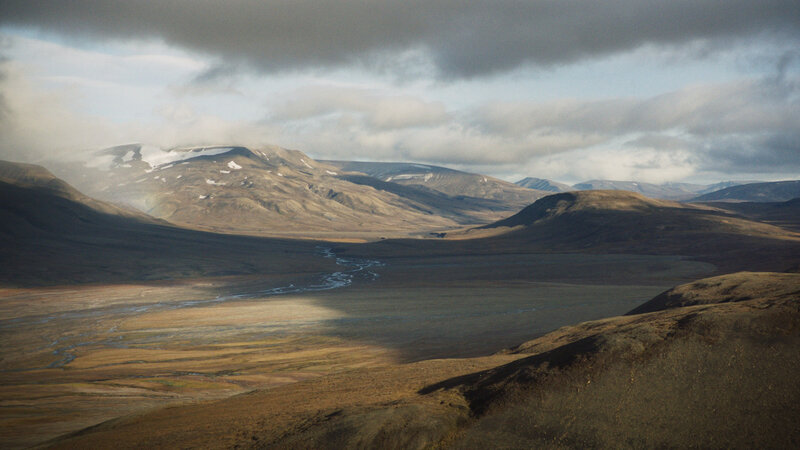
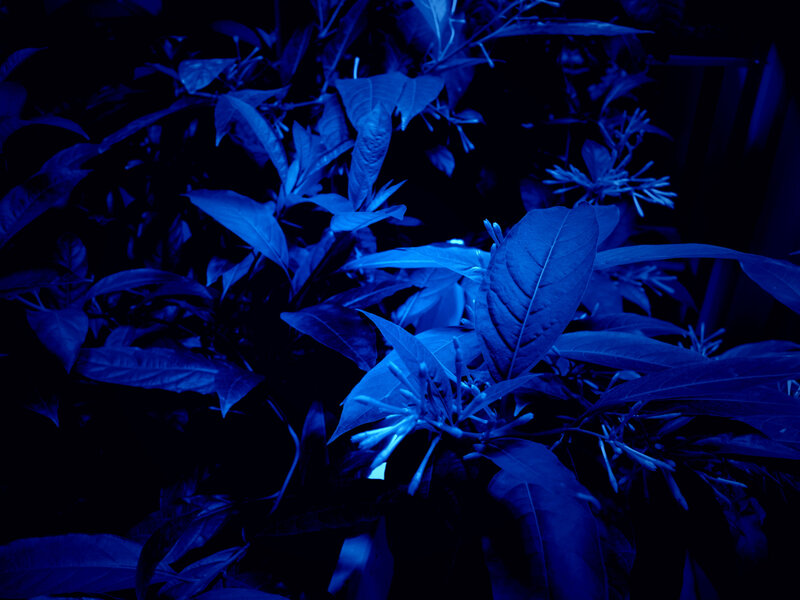
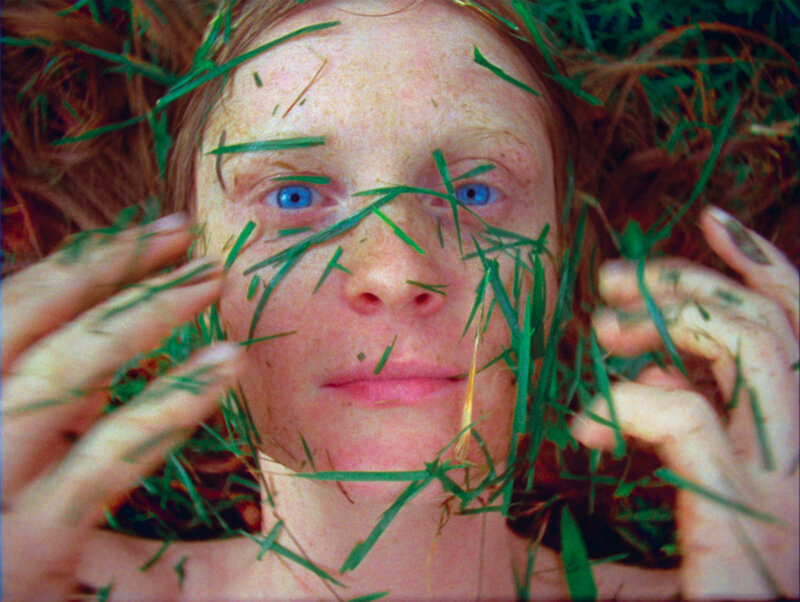
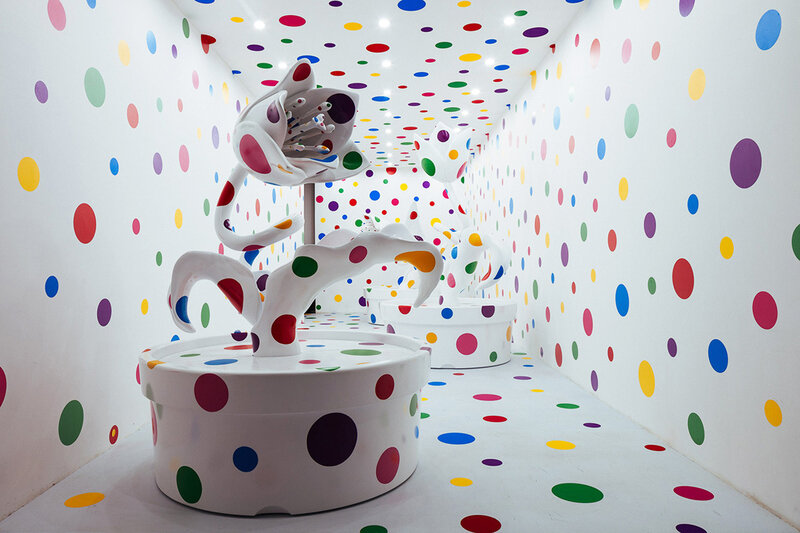
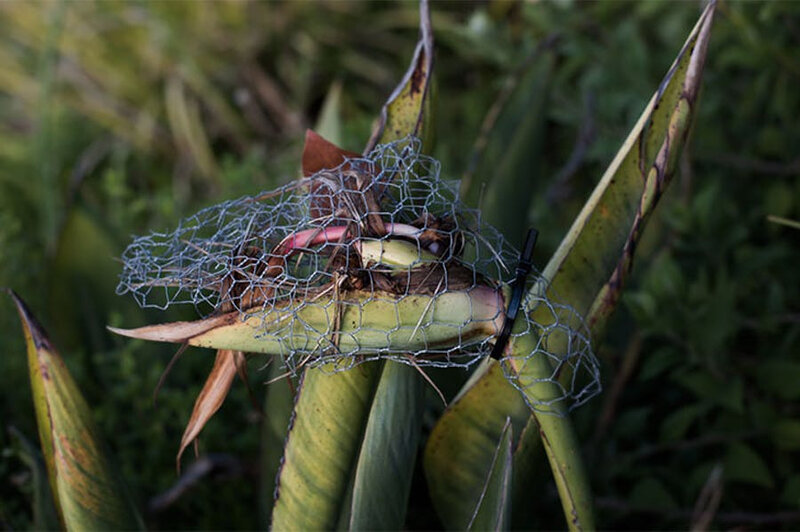
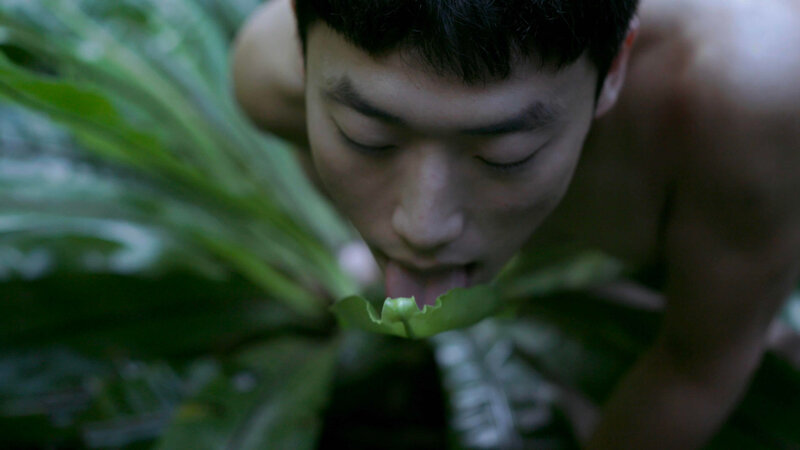


/http%3A%2F%2Fstorage.canalblog.com%2F59%2F26%2F119589%2F127858060_o.jpg)
/http%3A%2F%2Fstorage.canalblog.com%2F46%2F64%2F119589%2F126860297_o.jpg)
/http%3A%2F%2Fstorage.canalblog.com%2F26%2F48%2F119589%2F126810549_o.jpg)
/http%3A%2F%2Fstorage.canalblog.com%2F06%2F37%2F577050%2F39250400_p.jpg)